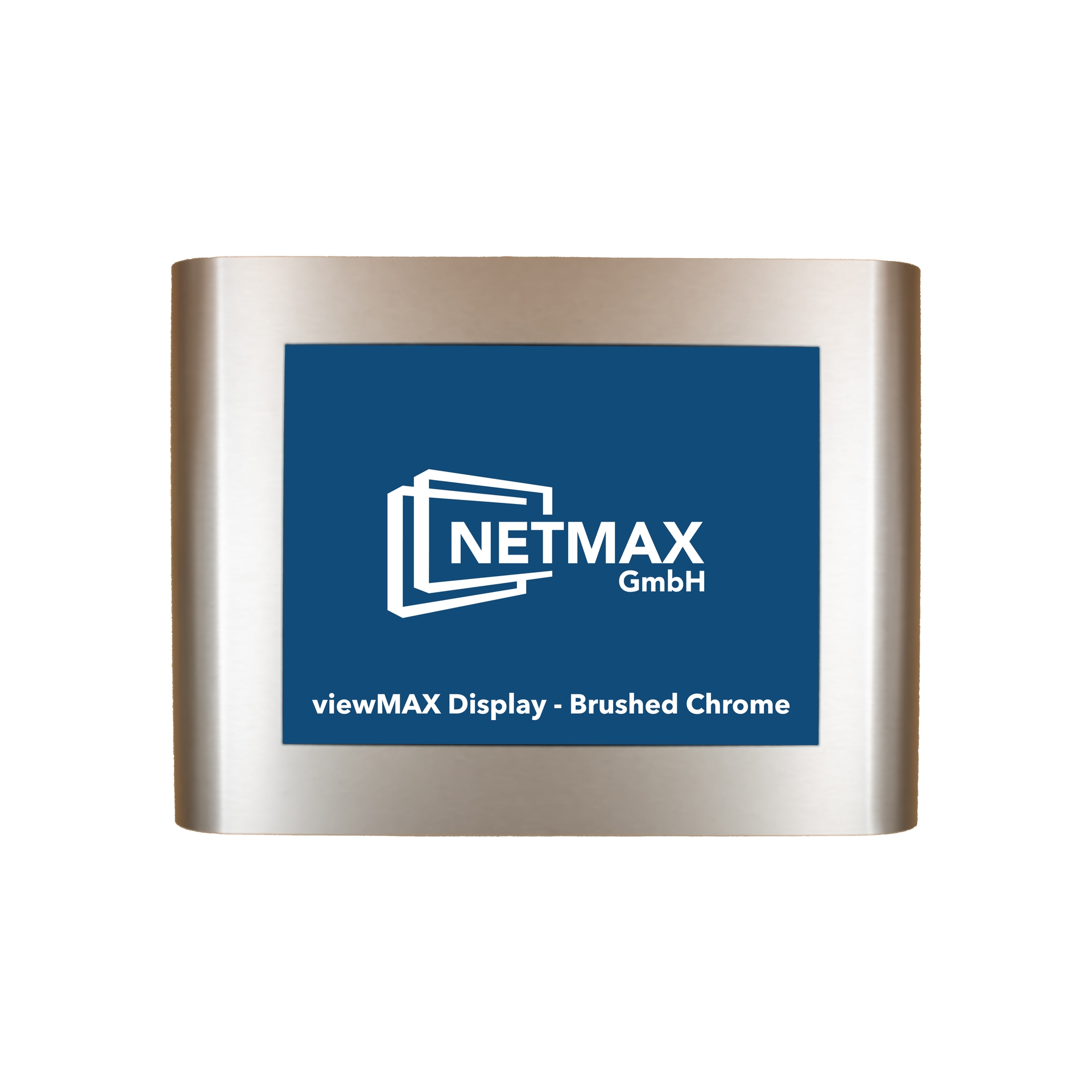Signage-Displays - What defines them and what they should be capable of
After a longer break from blogging, I've come up with a topic that might be interesting for digital signage newbies: What should such a signage display actually be able to do? Are there any fixed rules or something that all signage displays have in common?
Well, let's set this straight: There are no rules per se that make a monitor a signage display. In the end, it all depends on the specific application. Even with the factors that connect signage displays with each other, it quickly becomes application-specific, but let's try to do a little summary about what the devices should be able to do.
It has to be robust!
Let's face it: signs - whether analog or digital - are always in public spaces. After all, they are supposed to be seen by many people and convey information. It doesn't really matter whether the screens are used outside or inside: They must be sturdy fitting their use case.
This means that the screen must be reasonably impact and scratch resistant, and for outdoor use it should ideally be completely waterproof. And most importantly, they should be easy to clean. Because no matter if the sign is used in an outdoor or indoor environment, it will no longer serve its purpose if it is dirty. By extension, the signage display is part of your self-presentation, a specialized business card, so to speak. And it has to look good, too.
Speaking of appearance!
It may be pretty!
Anyone remember the business card scene from American Psycho (https://www.youtube.com/watch?v=cISYzA36-ZY)? Anyone? Well, it does not have to be THAT good, that people start sweating because of it, but still: Would be nice if it would look kind of fancy, wouldn't it?
Whether it's a timeless black flat screen or a frame in your company logos colors to match your corporate identity, your guests will notice the difference - even if it's subtle.

Touch? Does it have to be?
The touch screen - an absolute must for smart devices, even usable for laptops in some cases, but for a sign? People should have no reason to touch your screen!
Wait, wait! Touch has its advantages. And I don't mean for the customers, but for you and the maintenance of the device.
Let's say that for some reason the signage device is no longer receiving its content. Without touch you need some form of input - be it a USB keyboard or a mouse. But if the screen is neatly embedded in the wall, so that you can't get to the ports without at least a partial removal, that's where the touch function comes into play. We assume that some form of standard OS is running on the display - Android, for example. Now you are able to check the device without disassembly.
That makes maintenance a lot more manageable.
WLAN or LAN - it can be both.
We all know the problem. You install your device in the right place and are pretty satisfied with the outcome! You have solved the power problem and now the device has to get the data somehow. Depending on the type of display, you can either use a LAN cable or connect it via WLAN.
It all depends on your preference and requirements AND of course the possibilities. LAN is usually known to be a bit more interference-free, but modern wireless networks can also be very performant and trouble-free.
Is there anything else?
There are certainly a few more specifics that may be of interest to you: Panel type, case type, more specialized ports, etc. But in conclusion we always end up with the same points. Be it looks, connectivity or sturdiness and maintenance. The questions always remain the same.
If you are interested in reading more about Digital Signage as a concept in general, I recommend the entry "What is Digital Signage?"
The link can be found here: https://netmax.de/blog/what-is-digital-signage
That's it! Next week we'll have another Dev Diary for you!
Thanks for tuning in!
Until then! Don't be a stranger!
June 21, 2021